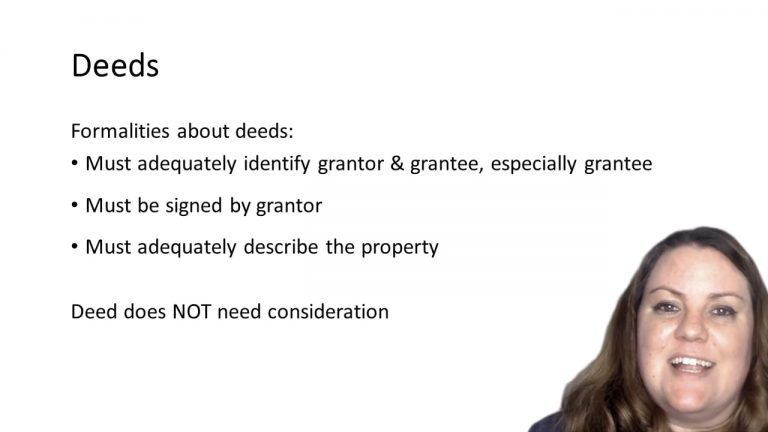SmartBrief
Confirm favorite deletion?
Property Keyed to Saxer
Estate of Phillips v. Nyhus
Citation:
124 Wash. 2d 80, 874 P.2d 154 (1994).Facts
The decedent, Theodore P. Phillips, and the Defendants, Charles and Christina Nyhus, signed an agreement under which Phillips would be a silent partner in the purchase of some real estate. It also provided that the property would be divided between Phillips and Defendant Charles. Phillips bought the property at issue and signed an addendum which stated that he would quitclaim one-half of the property to the Defendants and upon his death would transfer to the Defendants all of his remaining interests in the property. Later that same day, Phillips executed a quitclaim deed to himself and the Defendants which included a statement that the parties intended to acquire the premises as joint tenants with right of survivorship and not as tenants in common. The quitclaim was endorsed “accepted and approved” by the Defendants and Phillips.
Around a year later, Phillips and the Defendants signed an earnest money agreement to sell to Jeffrey and Carol Ann Wiley a portion of the property held in the joint tenancy. The agreement provided for partial payment on closing with the rest of the balance secured by a deed of trust.
Later that same month, Phillips died before the final closing of the transaction with the Wileys. The Defendants brought action against The Plaintiff, Phillips’ estate, to declare their entitlement to proceeds from the sale to the Wileys under the joint tenancy agreement. The Plaintiff counterclaimed for partitioning of the proceeds and for a payment of one-half to the Plaintiff.
Only StudyBuddy Pro offers the complete Case Brief Anatomy*
Access the most important case brief elements for optimal case understanding.
*Case Brief Anatomy includes: Brief Prologue, Complete Case Brief, Brief Epilogue
- The Brief Prologue provides necessary case brief introductory information and includes:
Topic:
Identifies the topic of law and where this case fits within your course outline.Parties:
Identifies the cast of characters involved in the case.Procedural Posture & History:
Shares the case history with how lower courts have ruled on the matter.Case Key Terms, Acts, Doctrines, etc.:
A case specific Legal Term Dictionary.Case Doctrines, Acts, Statutes, Amendments and Treatises:
Identifies and Defines Legal Authority used in this case.
- The Case Brief is the complete case summarized and authored in the traditional Law School I.R.A.C. format. The Pro case brief includes:
Brief Facts:
A Synopsis of the Facts of the case.Rule of Law:
Identifies the Legal Principle the Court used in deciding the case.Facts:
What are the factual circumstances that gave rise to the civil or criminal case? What is the relationship of the Parties that are involved in the case.Issue(s):
Lists the Questions of Law that are raised by the Facts of the case.Holding:
Shares the Court's answer to the legal questions raised in the issue.Concurring / Dissenting Opinions:
Includes valuable concurring or dissenting opinions and their key points.Reasoning and Analysis:
Identifies the chain of argument(s) which led the judges to rule as they did.
- The Brief Prologue closes the case brief with important forward-looking discussion and includes:
Policy:
Identifies the Policy if any that has been established by the case.Court Direction:
Shares where the Court went from here for this case.
Topic Resources
Topic Videos
 11m 14s
11m 14s 6m 7s
6m 7sTopic Outline
Topic Refresher Course
